Maybe you are facing random computer freezes and reboots! In such cases, we have to first find out if it’s a hardware-specific problem or a software-specific problem. System instability can be caused by both. This post covers computer reboots and freezes that may be caused by your hardware and offers possible troubleshooting steps.
Computer freezes or reboots due to Hardware issues
If your PC freezes or reboots Windows 11/10 due to hardware problems, failure, issues, etc., you need to consider the following points.
1] RAM

To find out if it’s specific to hardware, download Memtest86+ ISO Image and burn it to a disk. Then boot from the disk and run Memory Diagnostic for 8 to 9 passes. It’s must be allowed to run up to 8 or 9 passes, to find out if it’s RAM that is causing the problem. Even a single error means there is something wrong with either RAM or DIMM slot.
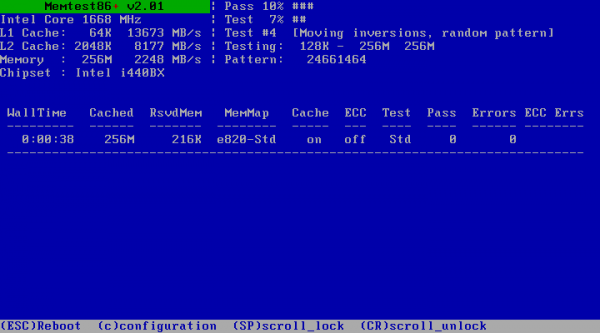
So, you have to run MemTest with individual slots and individual RAM. Check the motherboard manual to ensure the voltage and timings are set correctly in the BIOS. Also, check and ensure that the RAM is compatible with the board.
2] Hard drive

Next, we have to test the Hard Drive condition. Find out the manufacturer of your Hard Drive and go to the manufacturer’s website. Most manufacturers will have their own diagnostic tools. So run a complete diagnostic and check the stability of the Hard Drive.
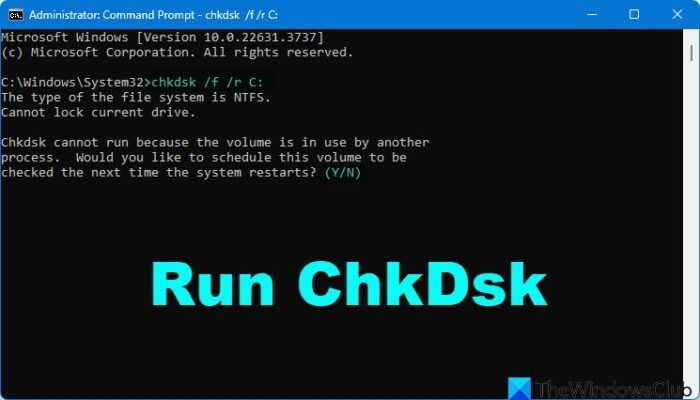
If you find a lot of bad sectors or errors immediately start backing up your data. Then run chkdsk to see if that corrects the problem. If not, then if it is covered by warranty, send for RMA.
3] Overheating

One of the most common issues that cause system instability is Overheating. To test that there are a lot of applications out there that would help you to monitor the temperatures. For example, SpeedFan, HWMonitor, Open Hardware Monitor, etc. are a few of them.
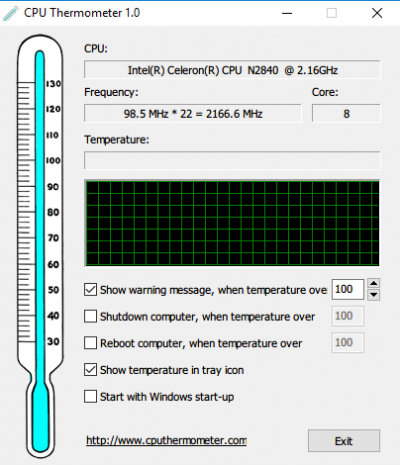
Once you find that the system instability is caused by overheating, if it is a desktop, remove the side panel and blow the dust out. Make sure you remove the CPU Fan and remove the dust as well. Also, replace the thermal paste. Make sure all the fans are working properly. If it’s a laptop, it’s best to take it to a local PC repair shop.
4] BIOS

Sometimes changing the settings in BIOS, like Overclocking the RAM or processor, and cause instability for the system.
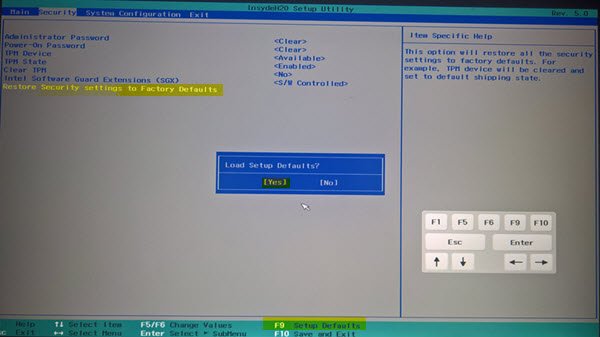
In such cases, reset the BIOS to default settings or reset it by removing CMOS for a minute and put it back. Make sure the BIOS firmware is up to date.
5] Power Supply

Sometimes, you might have a great system with the latest board, processor, GPU, RAM, etc., but your PSU may not be powerful enough to handle those. Make sure you get one that can handle your hardware.
Also, PSU failure can cause the system to act weird – unfortunately, there is no easy way to test it. But sometimes, you can hear loud noises from SMPS that would help you figure out if the PSU is causing the problem.
6] Graphics Card
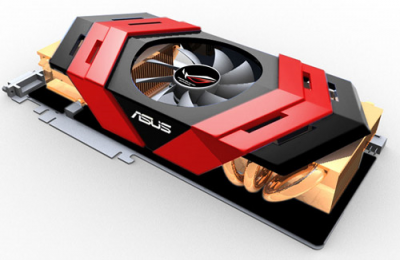
Sometimes, a GPU can cause system instability. Overheating or incorrect clock settings may be the main causes. In such cases, there is a lot of stress test software, like FurMark, that you could run to check the stability of your GPU.
FurMark is a very intensive OpenGL benchmark that uses fur rendering algorithms to measure the graphics card’s performance. Fur rendering is specially adapted to overheat the GPU and that’s why FurMark is also a perfect stability and stress test tool (also called GPU burner) for the graphics card.
Also, a bad driver can also cause problems, so it might be a good idea to reinstall the drivers. Also, when you Overclock your GPU – check the manual.
7] External devices
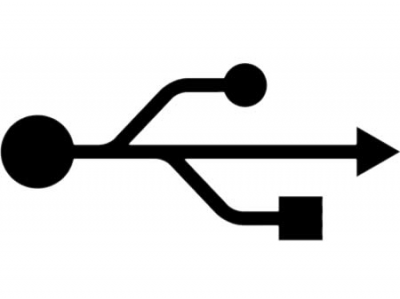
Sometimes, a faulty external device like a USB Camera, Mouse, Keyboard, Gaming control, etc. can cause random reboots. It’s best to disconnect all the USB devices and see if that fixes the problem. You can also borrow a keyboard and mouse and see if that makes any difference.
You could also check the Event Viewer to see if any information or errors about a USB device are logged there.
This post will help you fix LiveKernelEvent Errors 141, 144, 1a1, ab, 193, 117, 124, 1a8, etc.
If you think it may be a software issue that is causing your Windows computer to freeze or reboot randomly, you may want to check these links:
How do I fix hardware problems in Windows?
To fix any hardware problem, you need to detect the issue first. For example, if you think that you have a RAM-related problem, you can run the MemTest on your computer. If it shows the kind of issue, you can take further steps. Similarly, if you think you have issues with your hard disk, you can test the hard drive condition.
Related: A problem with your hardware caused Windows to stop working correctly.
Is computer freezing a hardware problem?
Yes and No. It entirely depends on your condition and situation. Your computer might freeze at times due to a hardware-related issue. However, that is not true all the time. Software, incorrect settings, malware, adware, etc., can also cause the computer freezing problem. Therefore, you need to detect the root of the issue before trying various fixes.
How do you fix a PC that keeps rebooting and freezing?
There are lots of things that can be done if your PC keeps rebooting and freezing. The first step begins by recognizing the cause of the problem. If your PC started showing such problems after installing an update, you could uninstall the update. Similarly, if you recently installed an external device or a new RAM, hard drive, etc., you need to unplug it. A detailed guide is mentioned in this article, and you can follow it to fix all the common issues within moments.
Nice post. I’ll also add , if you are using Bluetooth wireless mouse / keyboard then sometimes on PC reboot/start, sometimes mouse/keyboard fails to communicate that also causes PC hangup. Sometimes weak batteries in mouse also creates hangup problems
nice post .. would like to add in Power Suppy : remove all the connection – SMPS to all the devices (Motherboard, HDD, CD/DVD) … Connect black and brown wire from the 20pin SMPS-mobo connector.
switch on the powersupply from switchboard. If the SMPS fan is working then SMPS is OK.
Thanks vasudeo and Rahul for your inputs :)
Thanks for the suggestions …
Misbehaving external USB devices can sometimes also cause computer to not boot at all. They’ll hang at the BIOS screen or a blank screen just after the BIOS message. I’ve seen external hard drives, printers, keyboards and mice cause this problem. Usually the devices turn out to just need a power cycling to return the system to normal operations. I usually unplug external USB cables 1 by 1 until the machine boots, starting with printers, then external drives, then keyboards, then mice.
Thanks for the Tip TheBigOldDog :)
i’ve been having a string of unexpected shutdowns. after doing most of what you recommended, which has not turned up anything yet, i noticed that my clock was off by 1 day. how likely is this to be the cause?
my comp is not having random shutdowns but my mouse is glitching out and my computer is randomly freezing please help(idk whats causing this it was fine a day ago)
@40bf8ba00bd24f8e28ca30d098f71113:disqus try changing your cmos battery. But the normal culprits may apply; heat (blow out your cpu and case fans), power supply (test with a KNOWN good power supply). Sbien above may have also had a problem with his cmos battery (usually cr2032)
thankyou so much for your valuble informations…………….
Thanks for this awesome post, hardware freezing and rebooting windows are very common problem in computer and laptops. Very nice post this is like online technical support about computer troubleshooting.
Nice post. It took me months to figure out what exactly was wrong with mine. I discovered in my own case that the mouse was the main cause of the freeze and since i replaced it, the freeze ceased. Then I updated the drivers with Uniblue driver scanner; and my system became stable
i had problems with my bluetooth keyboard from the dollar store and now its fixed thanks mate :D
All the points discussed above are exactly correct. One of the reason of the above problem is CPU fan also, as lot of dust got accumulated causing the computer to freeze. When this problem happens with me, I clean the fan and also updated the drivers. At last, I used the cleaner to clean junk files, and then my problem gets solved.